Few destinations in Asia can match the grandeur and spiritual depth of Anuradhapura, the ancient capital of Sri Lanka. For travelers seeking to step into a living museum of history, spirituality, and architecture, this UNESCO World Heritage Site offers an unforgettable window into the island’s glorious past. Exploring Anuradhapura is not just a sightseeing experience—it’s an immersion into a civilization that thrived over 2,000 years ago and continues to inspire faith and wonder today.
The Rise of a Sacred City
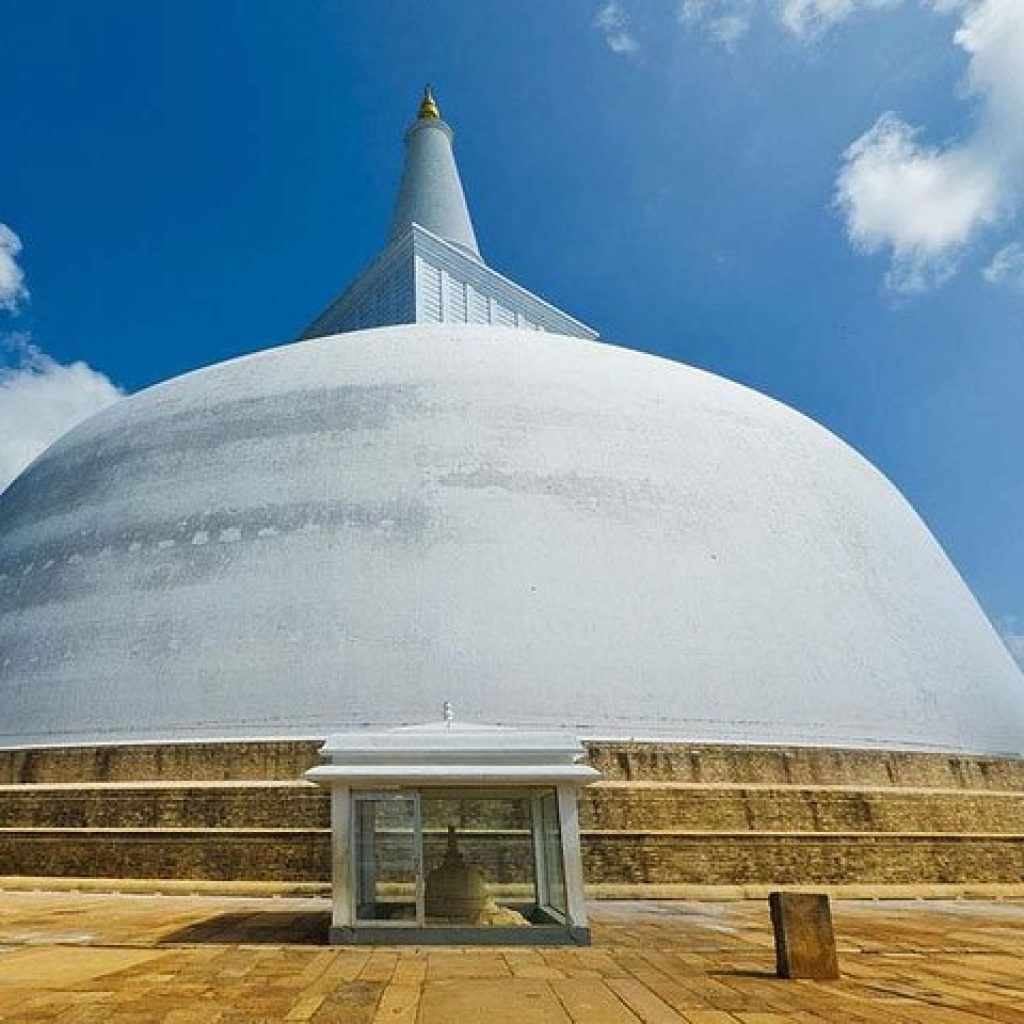
Anuradhapura served as the first great capital of Sri Lanka, founded in the 4th century BC. It became the political and religious heart of the Sinhalese Kingdom for more than 1,300 years. During this golden age, kings and monks worked hand in hand to create one of the most advanced urban centers of the ancient world, adorned with majestic stupas, monasteries, reservoirs, and palaces.
What makes Exploring Anuradhapura so special is its dual nature — both an archaeological wonder and a living pilgrimage site. Even today, monks in saffron robes walk barefoot between ancient temples, and locals bring lotus flowers to offer at sacred shrines. History here isn’t trapped in ruins; it breathes, chants, and glows beneath the tropical sun.
🌿 Anuradhapura is more than a destination — it’s a dialogue between the past and the present, where devotion and heritage intertwine.
The Sacred Bodhi Tree
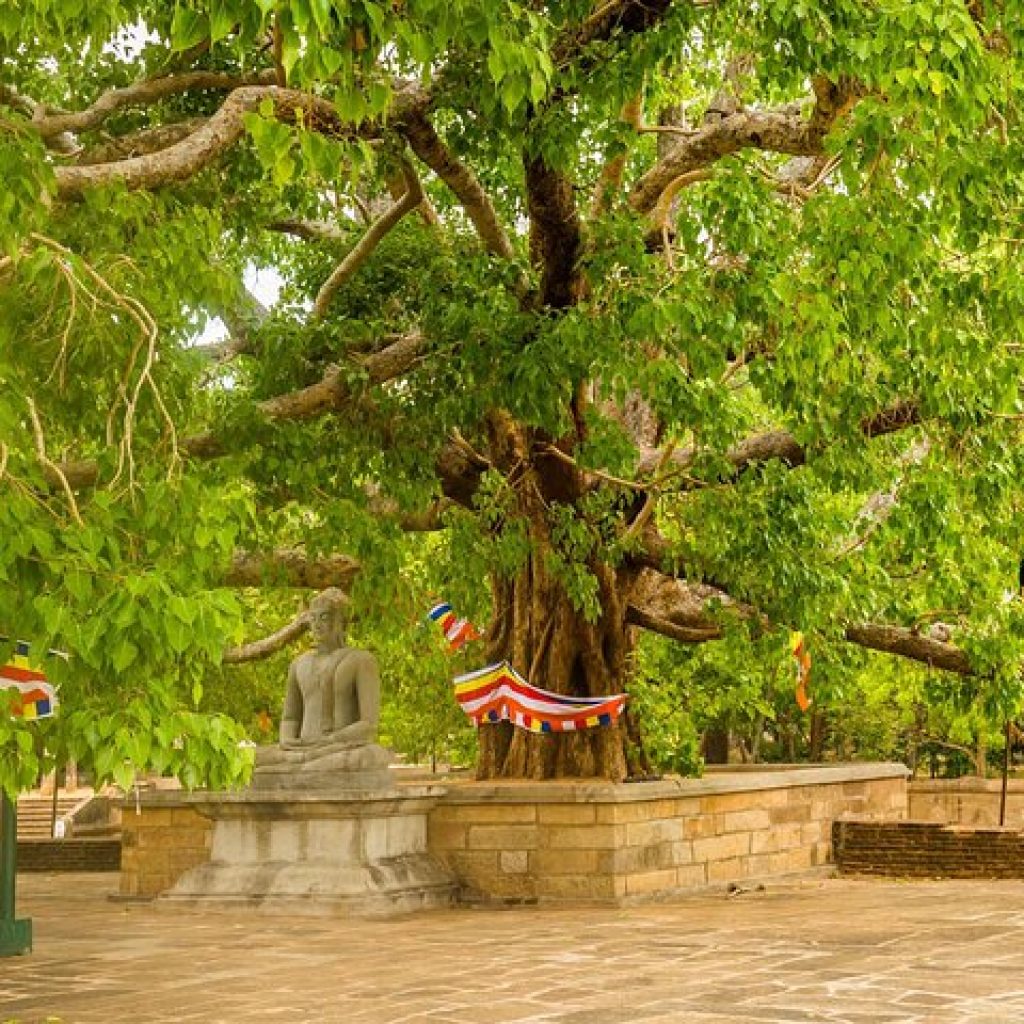
At the heart of Anuradhapura lies one of the most revered relics in all of Buddhism — the Sri Maha Bodhi Tree. It is said to be a sapling from the original Bodhi tree in Bodh Gaya, India, under which Lord Buddha attained enlightenment. Brought to Sri Lanka in the 3rd century BC by Sanghamitta Theri, daughter of Emperor Ashoka, it has flourished for over 2,200 years, making it the oldest historically documented tree in the world.
Pilgrims visit from across the island to pay homage, light oil lamps, and meditate beneath its sprawling branches. For travelers, standing before this sacred tree offers a profound moment of connection — a reminder of how spirituality transcends time.
The Majestic Stupas of Anuradhapura
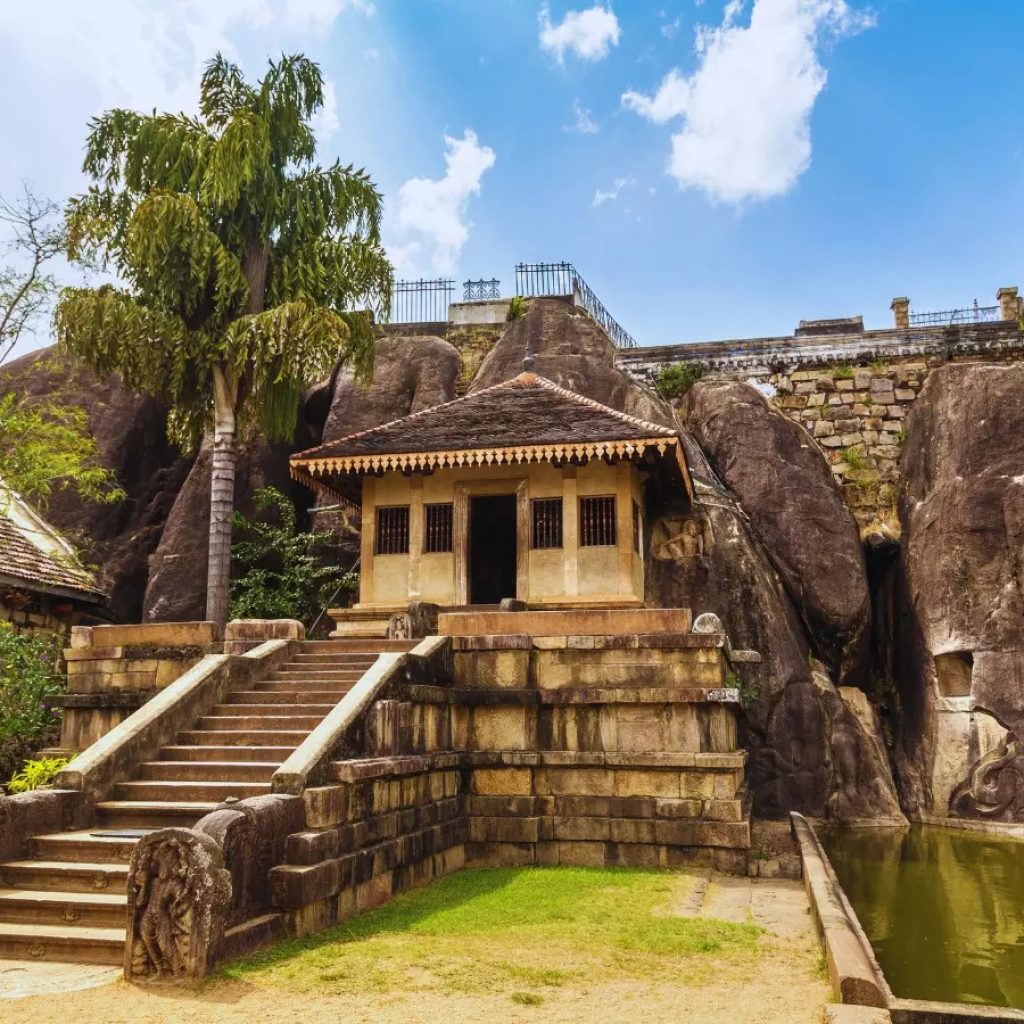
The skyline of Anuradhapura is defined by its massive white stupas, symbols of devotion and architectural mastery. Among the most remarkable are:
- Ruwanwelisaya: Often called the “Great Stupa,” it was built by King Dutugemunu in the 2nd century BC. Rising 103 meters high, its gleaming dome embodies purity and faith.
- Jetavanaramaya: Once the third tallest structure in the ancient world (after the Great Pyramids of Egypt), this colossal brick stupa still dominates the landscape.
- Abhayagiri Dagoba: A center of learning and meditation, this monastery complex once housed thousands of monks and scholars from across Asia.
Each stupa is surrounded by lush greenery, ancient stone carvings, and serene lotus ponds. Together, they form a breathtaking panorama of devotion frozen in stone.
The Ingenious Water Systems
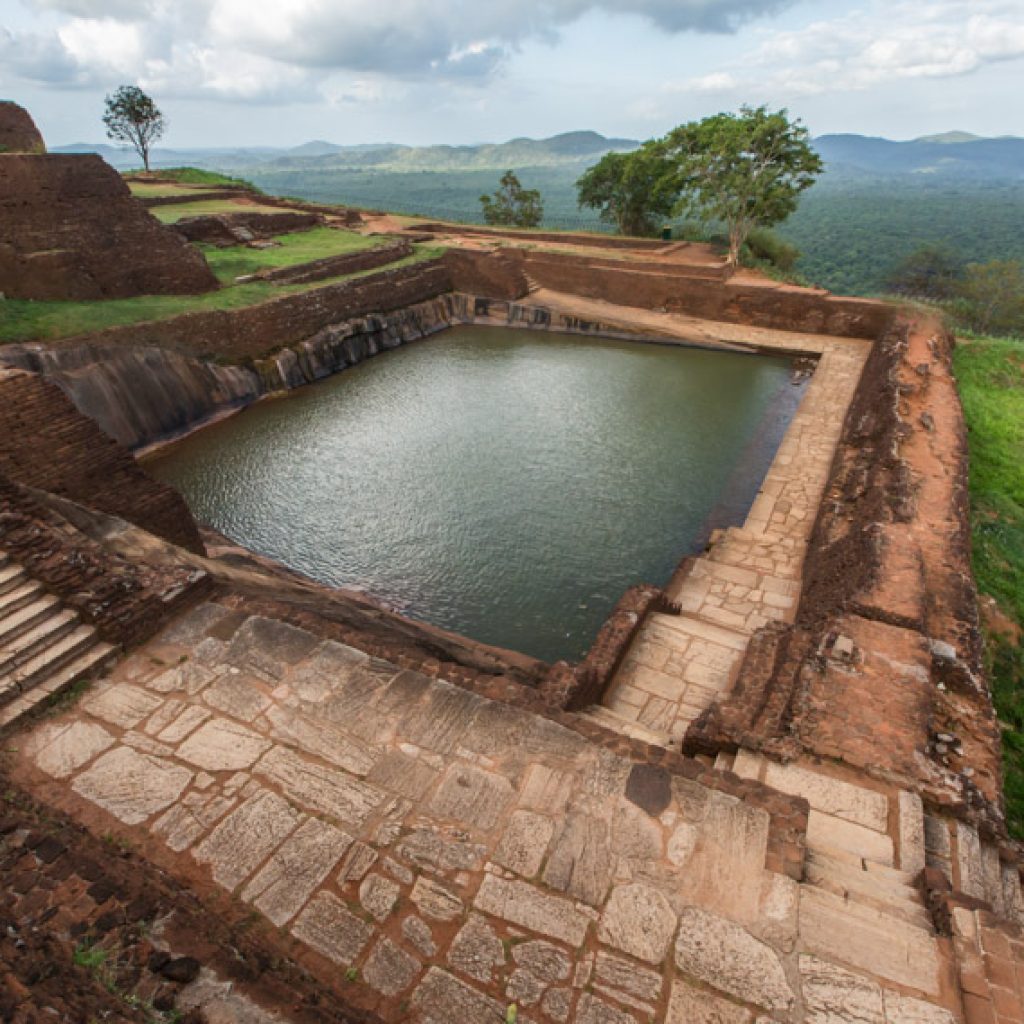
One of the most fascinating aspects of Exploring Anuradhapura is witnessing the island’s early engineering brilliance. The city’s survival in a dry zone was made possible by a network of artificial reservoirs, known as “tanks,” designed to collect and store monsoon rainwater.
Among these, the Tissa Wewa and Nuwara Wewa tanks are engineering marvels that continue to serve the community even today. They transformed Anuradhapura into a sustainable urban oasis — proof that ancient civilizations mastered eco-friendly living long before it became a modern trend.
Monasteries, Sculptures, and Serenity
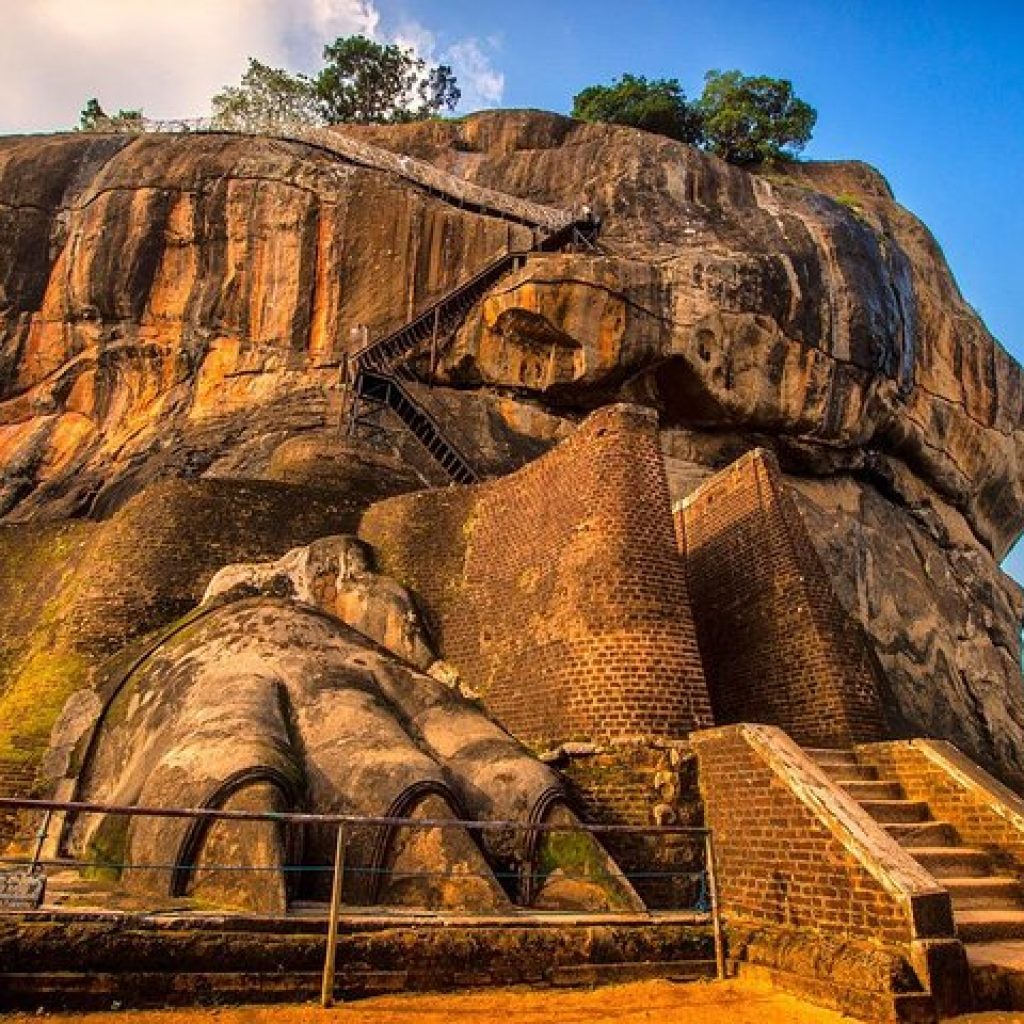
Wandering through Anuradhapura, travelers encounter remnants of monastic life at every turn. The Isurumuniya Temple, carved into rock and adorned with exquisite sculptures, is a must-visit. The famous “Lovers’ Carving” — an intricate depiction of two figures in eternal embrace — stands as one of the most celebrated examples of early Sri Lankan artistry.
Nearby, the Thuparamaya Dagoba, believed to house Buddha’s collarbone relic, is one of the earliest stupas built on the island. It radiates a quiet, spiritual energy that makes visitors pause and reflect.
🕯️ In Anuradhapura, silence speaks. Every carved stone, every weathered brick, whispers stories of faith, resilience, and timeless wisdom.
Festivals and Pilgrimages
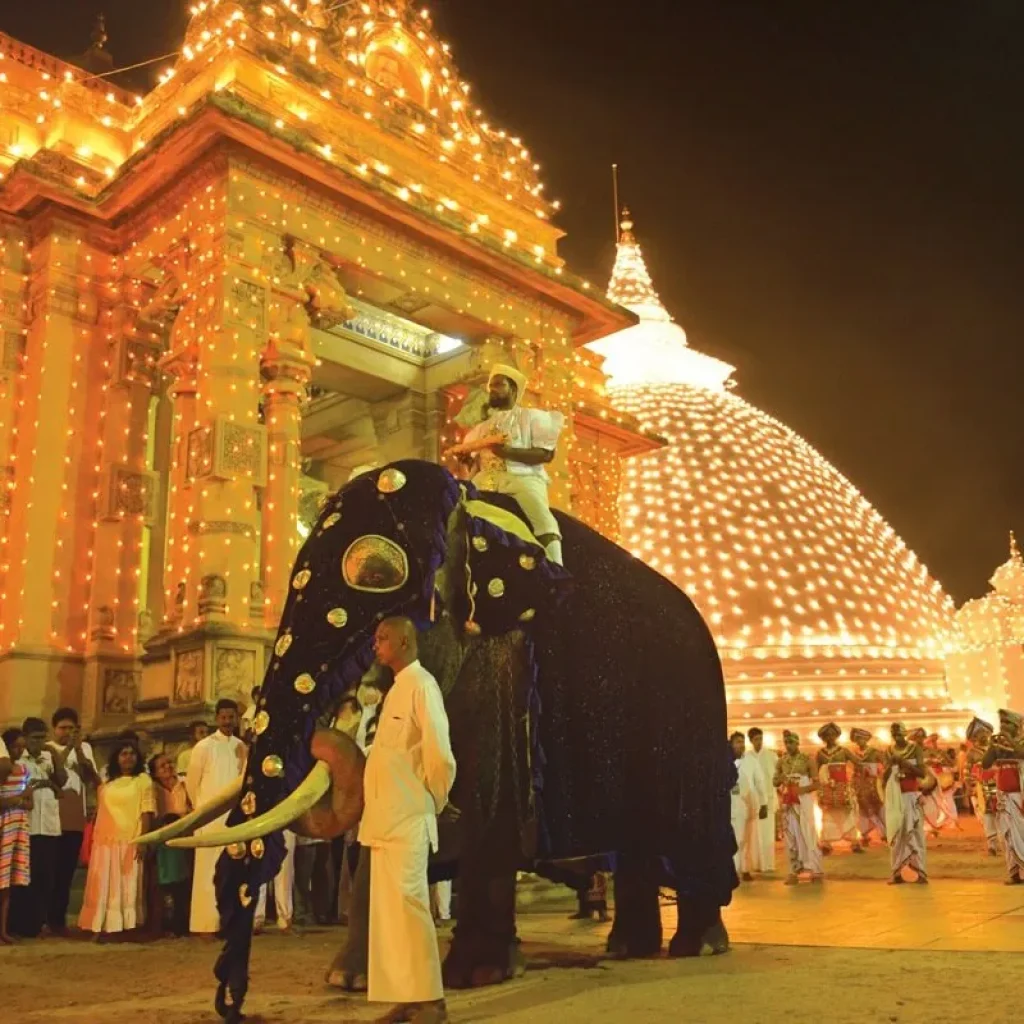
Visiting during a Poya (full moon) day offers a unique experience. Dressed in white, devotees flood the sacred city, chanting and offering flowers in serene harmony. The air fills with incense, and oil lamps flicker like stars scattered across temple courtyards.
The Poson Poya festival in June is especially significant, commemorating the introduction of Buddhism to Sri Lanka. During this time, nearby Mihintale — known as The Cradle of Buddhism in Sri Lanka — becomes the focal point of national celebration.
Tips for Travelers
- Best Time to Visit: December to March, when the weather is pleasant.
- Getting There: Anuradhapura is about 200 km from Colombo, easily reachable by train, bus, or car.
- Dress Code: Modest, temple-appropriate clothing (white is preferred).
- Guided Tours: Hiring a local guide enriches your visit with historical insights.
- Stay Nearby: Consider staying in nearby Mihintale or Dambulla for easy access to other Cultural Triangle sites.
For more travel inspiration and detailed guides, visit our Planet Earth Holidays Blog


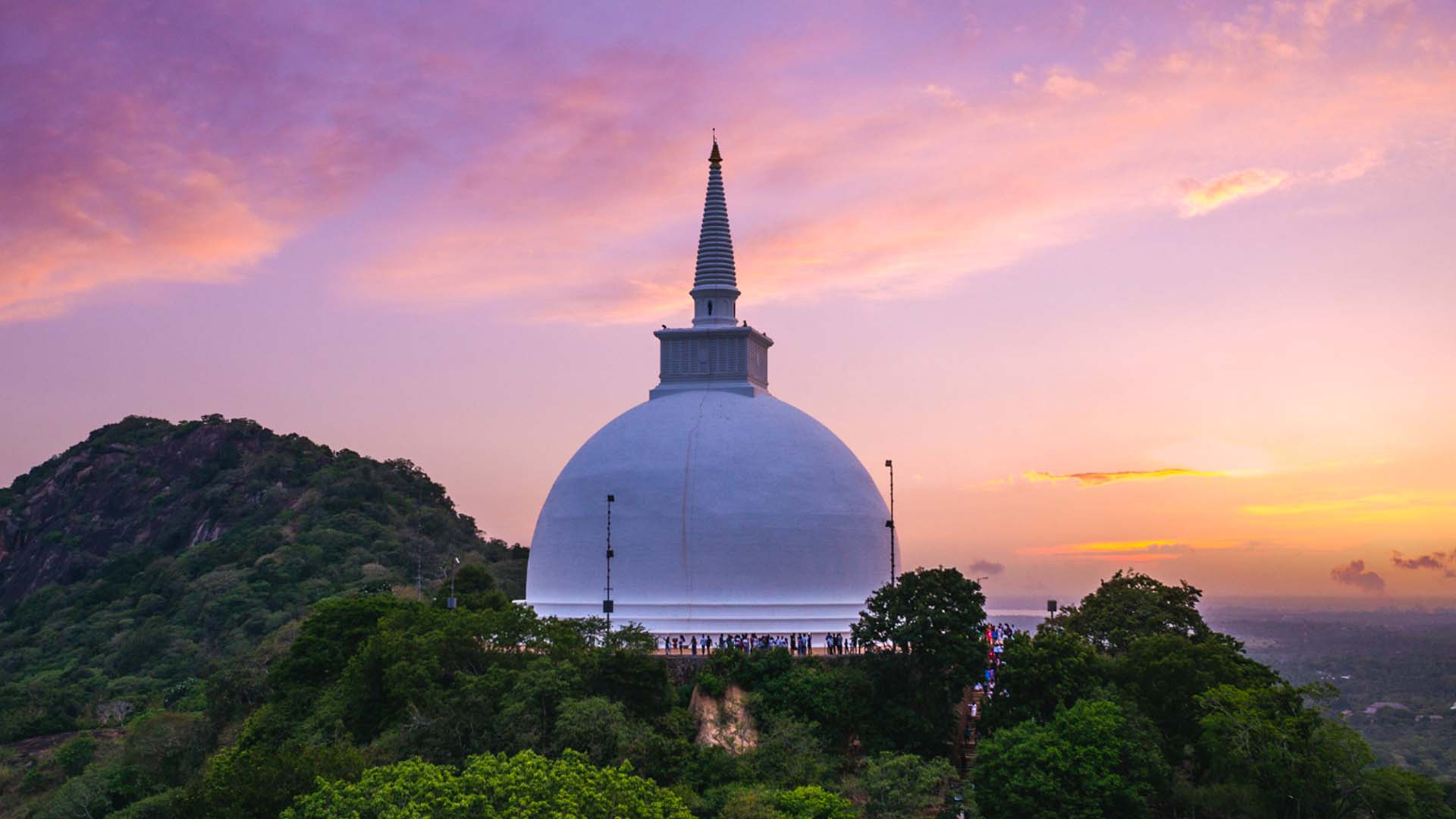
0 Comment